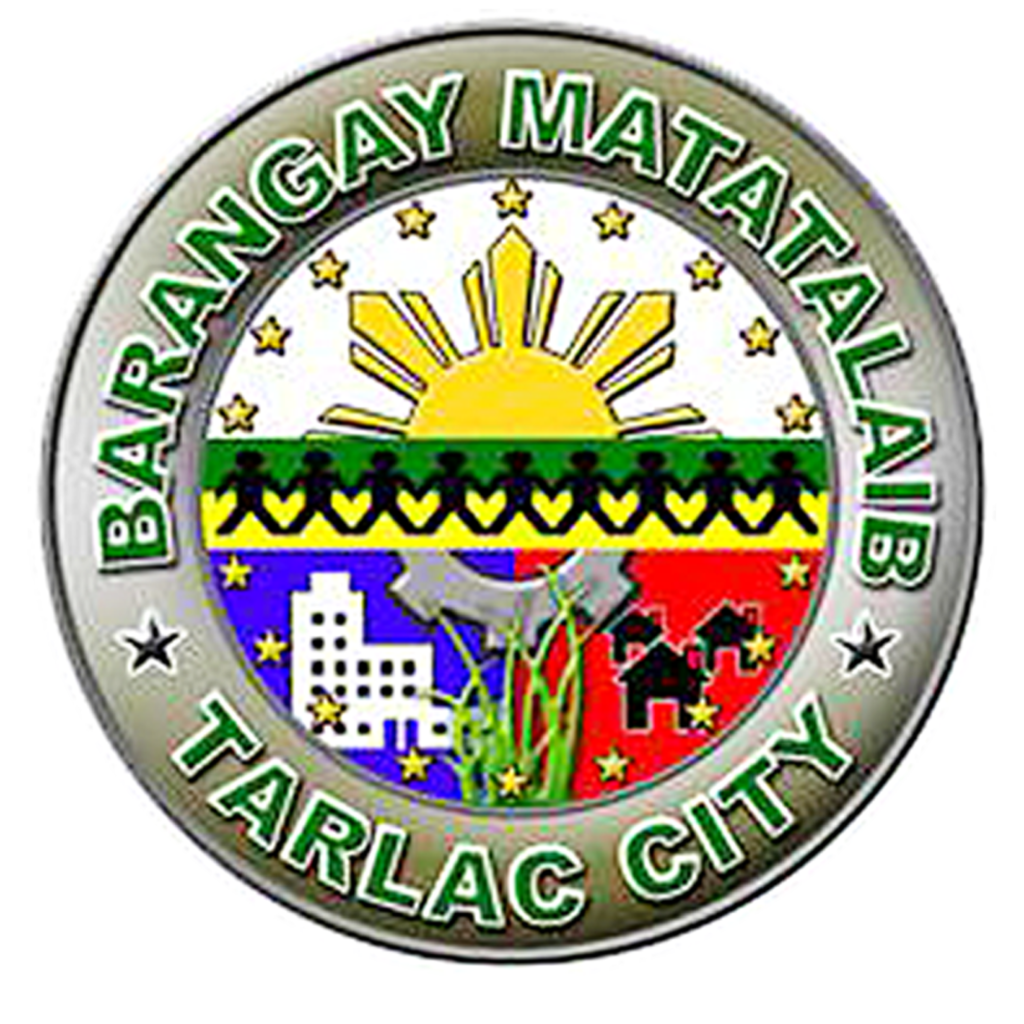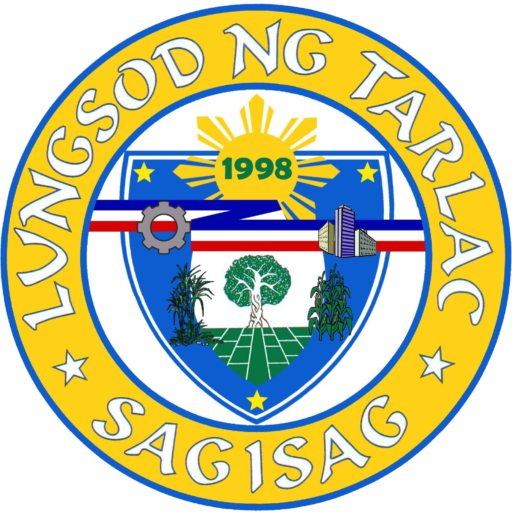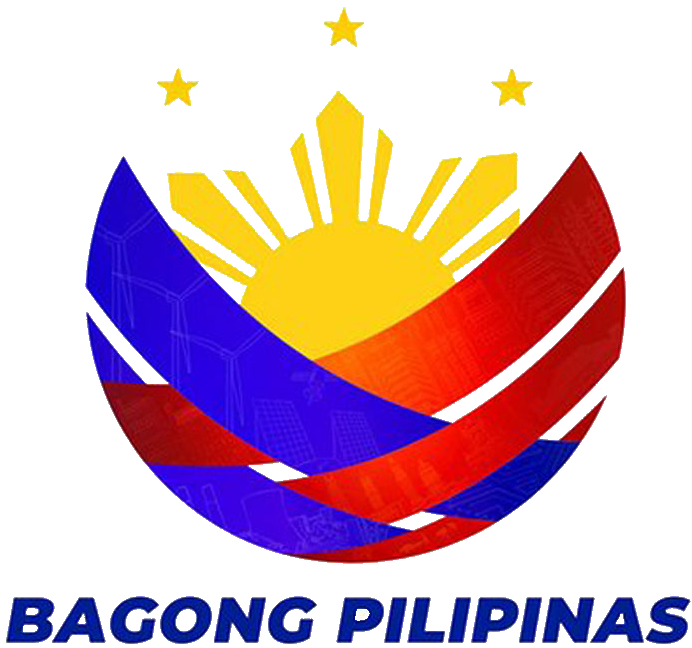
BARANGAY MATATALAIB HISTORY
Barangay Matatalaib is the largest among the nine barangays enclosed in the Metro District Division of Barangays in Tarlac City. It is also most populated barangay in Tarlac City. It is surrounded by Barangay San Nicolas on the West, Barangay Sepung Calzada and Barangay Buhilit on the North, Barangay Culipat on the Northeast, Barangay Maliwalo on the East, Barangay San Juan Bautista on the South and Barangay distinct parts.
It is approximately 1.8 kilometers away from city proper. 56.5 hectares corresponds to agriculture and the remaining area designate to both commercial and residential area.
It also divided into 18 Sitios namely: Centro, Suba, Robertsville, Santos, Buno, Cruz, Tarikan, Villa Perpetua, Urquico, Silangan, Lady of Ransom, Micalugod, Sto. Niño Village, St. Mary, Manga1A, Manga 1B, Manga 2, and Villa Leticia
Barangay Matatalaib classified as Urban Barangay, it has a total population of eighteen thousand four hundred sixty nine (18,469) as of 2005, and a household population of three thousand two hundred ninety nine (3,299).
Barangay Matatalaib was both agriculture and commercial barangay. The other portion of this barangay designated to agriculture. It is also one of their sources of livelihood. Matatalaib is more on commercial area. One of their major products is pottery making. Matatalaib knew for their pottery business. Other business firms situated in this barangay are general merchandise, drug stores, computer shops, canteen, talipapa, and so on. Other residents were professionals, employees, laborers, construction workers, drivers, and so on.
In early times Matatalaib was only part of a thick-forested area were in different kinds of wild animals dwell. A traveler from Pampanga Mr. Francisco Tañedo discovers this vast fertile land of many “Talahib” through having its origin the people named the place “Matatalaib”. But Matatalaib was not the first name of the Barangay it was Matatalaib it is because of the known Regional aspects of the Pampanga, the emission of the letter it is not sounded. Hence, Matatalaib became Matatalaib the earliest inhabitants of the place were small people; the Negritos build small houses in the ground without poles not stairs. They gathered “Talahib” which they make it as roofs and walls to protect them from natural elements. They hunted and killed animals for food and the slant of which made into do this to cover their bodies. They depend mostly on root crops as their good. Early settlers Urquico, Guze, Puro, Tanpoco, and Tañedo family whom some of them were remembered because sitios were named after him. From a sleepy town where most of the houses transportation took place house are now built of strong materials crude farming using carabaos as a mode of transportation is very slow now there is the peddled tricycle for shouting now we have telegrams, postal service telephone, cell phone, radios and TV lighting in the past the residence of barrio. Only used kerosene lamps and candle as source of light during the night we have electricity as a replacement to light up the bulbs and florescent lamps to give as light.
Ninety percent of the total populations are Pampango, and the rest are Tagalog, Bisaya, Pangasinense, and Ilocano.
Barangay Matatalaib celebrates their feast every July 25 as a thanksgiving to their Patron Santiago De Galicia/Saint James the Great. St. James sometimes called James the Greater.

